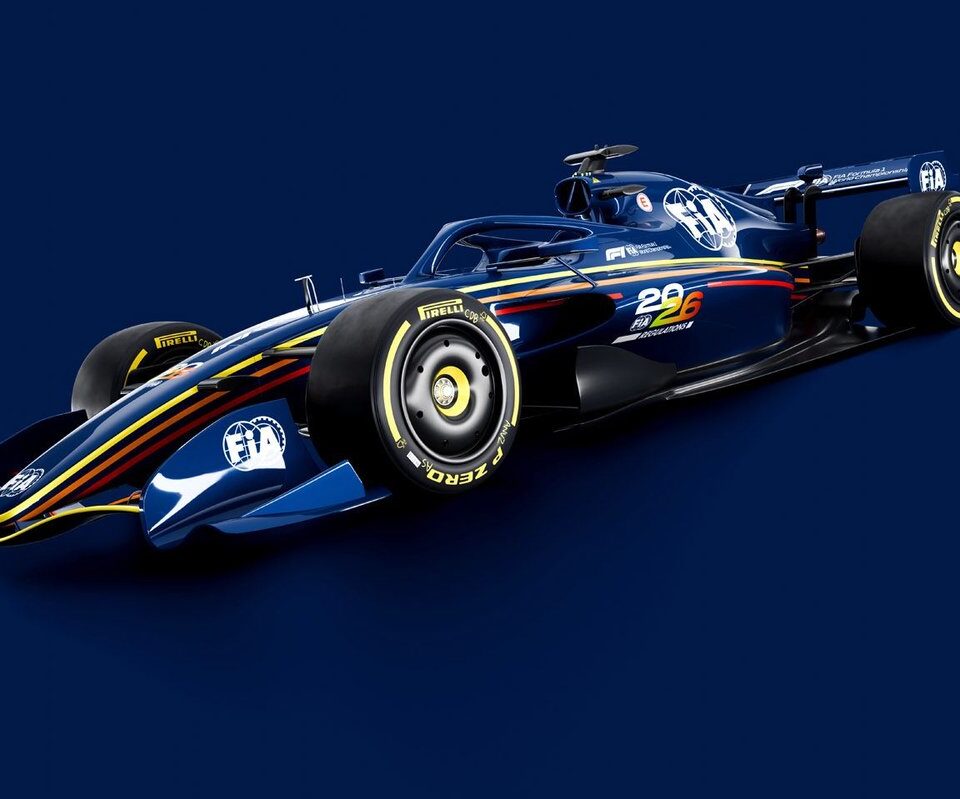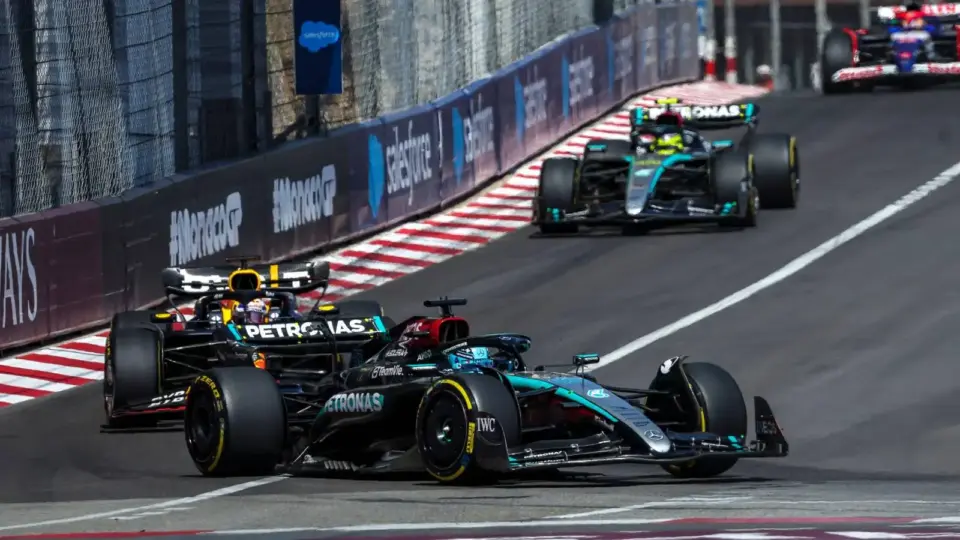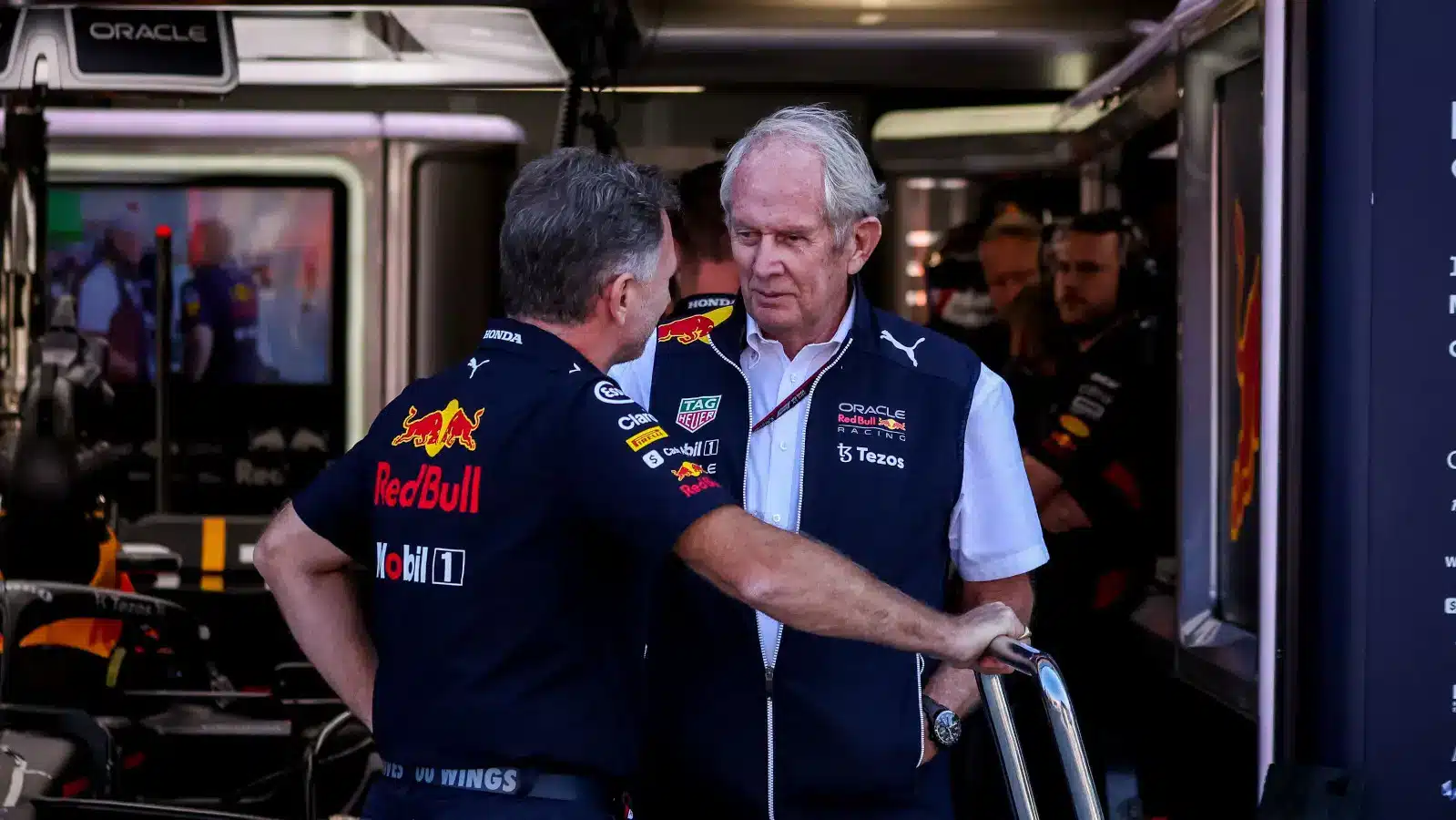Just a day after the FIA unveiled concept images and plans for the 2026 car revolution, concerns among Formula 1 teams are already bubbling up. Team bosses are set to gather during the Canadian Grand Prix to address these emerging issues.
Sources have revealed that an online meeting of the FIA’s Technical Advisory Committee on Thursday exposed several significant issues. As a result, team bosses have requested that the topic of 2026 regulations be a key focus in a meeting scheduled for Saturday morning in the Montreal paddock. This gathering, featuring F1 CEO Stefano Domenicali and other senior stakeholders, is part of a semi-regular series to discuss the latest developments in the sport.
Central to the concerns is the feeling among some teams that the FIA has forged ahead with rule elements that may not function as intended. One major worry is the overall aerodynamic concept; some teams think the new cars might be slower due to a lack of downforce and frequent battery power depletion.
Another contentious point is the weight reduction plan. The new regulations call for cars to be 30kg lighter than the current ones, which seems nearly impossible given the expected increase in battery bulk. Teams fear they will end up spending huge amounts of money to achieve marginal gains, which may not even be feasible.
Teams are also looking for more information on the state of the active aero plans. The FIA has proposed a dual-state system: high downforce Z-mode for corners and low-drag X-mode for straights. However, the feasibility and effectiveness of this system remain uncertain.
Though the issues have been percolating for a while, the FIA’s recent publication has forced them into the spotlight. The FIA aims to finalize these plans by the end of the month, in accordance with the International Sporting Code (ISC). The regulations need to be published by June 30, a year and a half before they come into effect, to avoid complications in making changes later.
Some teams have suggested delaying the publication until October to allow more time for fine-tuning. This is a practical idea since teams are not permitted to work on aerodynamic elements until January next year. However, a proposal to delay was blocked by one team keen to stick to the June deadline.
Article 18.2.4 of the ISC states that a shorter notice period than the June 30 deadline is possible only with unanimous team agreement. But, in exceptional circumstances deemed essential for safeguarding the Championship, a majority team agreement could suffice. The FIA hinted that this might be an option if justifiable reasons are present. The rules are expected to be ratified by the World Motor Sport Council on June 28.
As the F1 world gears up for the Canadian Grand Prix, the 2026 regulations have become a hot topic that cannot be ignored. Saturday’s meeting will be crucial in addressing these concerns and shaping the future of the sport.
Source: Motorsport










